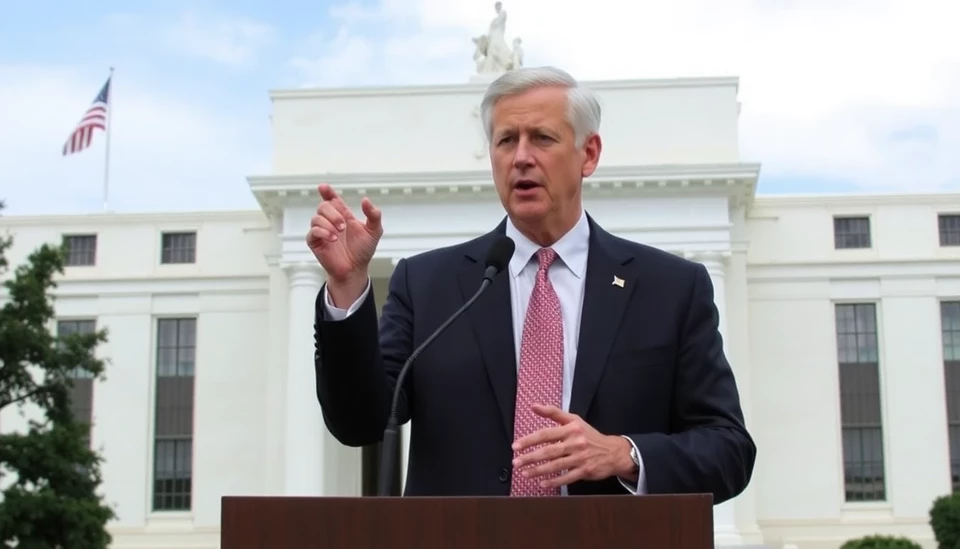
The Federal Reserve is gearing up for a challenging period as it looks to implement interest rate cuts, complicated by a recent labor market report that produced mixed signals about the U.S. economy. This report, which revealed lower job creation than anticipated, raises critical questions about the pacing of potential rate reductions. Federal Reserve Chairman Jerome Powell now finds himself navigating a complex economic landscape that could influence monetary policy decisions significantly.
The latest jobs report released indicated that the U.S. economy added only 150,000 jobs in the past month, falling short of economists’ expectations for a gain of 200,000. The unemployment rate, however, remained steady at 3.8%, suggesting consistent labor market stability. This divergence—strong unemployment rates contrasted with weaker job growth—creates a conundrum for policymakers, who must balance growth concerns with inflation control.
Despite the sluggish growth in new jobs, wage growth is still a pressing concern, as average hourly earnings increased by 0.4%. This uptick in wages could contribute to inflationary pressures, prompting the Fed to be cautious in its approach to cutting rates. Powell’s task will be to discern whether the current economic signals indicate a need for a swift change in interest rates or whether maintaining the status quo is more advisable.
As the Fed approaches its rate-setting meeting next month, Powell is expected to face heightened scrutiny regarding the data at hand and its implications for the broader economy. Analysts speculate that any decision to cut rates will depend heavily on forthcoming economic indicators, including inflation rates and consumer spending trends.
Economists remain divided over whether the Fed can afford to decrease rates while inflation continues to linger above the central bank’s target of 2%. Some argue that the economy is showing signs of cooling, which could justify a more accommodative monetary policy, while others caution that premature cuts might reignite inflationary pressures that the Fed has been striving to control.
In summary, the complexities arising from the current labor market report have left the Federal Reserve in a precarious position. Jerome Powell will need to carefully evaluate the economic landscape before making any moves that could alter the trajectory of monetary policy in the coming months. The balance between fostering economic growth and controlling inflation is delicate, and Powell's strategy will likely evolve as new data becomes available.
As we move forward, stakeholders in the financial markets and broader economy are advised to keep a close watch on future economic indicators that will undoubtedly shape the Fed’s decisions on interest rates.
#FederalReserve #InterestRates #JobsReport #JeromePowell #MonetaryPolicy #USEconomy #Inflation #WageGrowth
Author: Laura Mitchell




